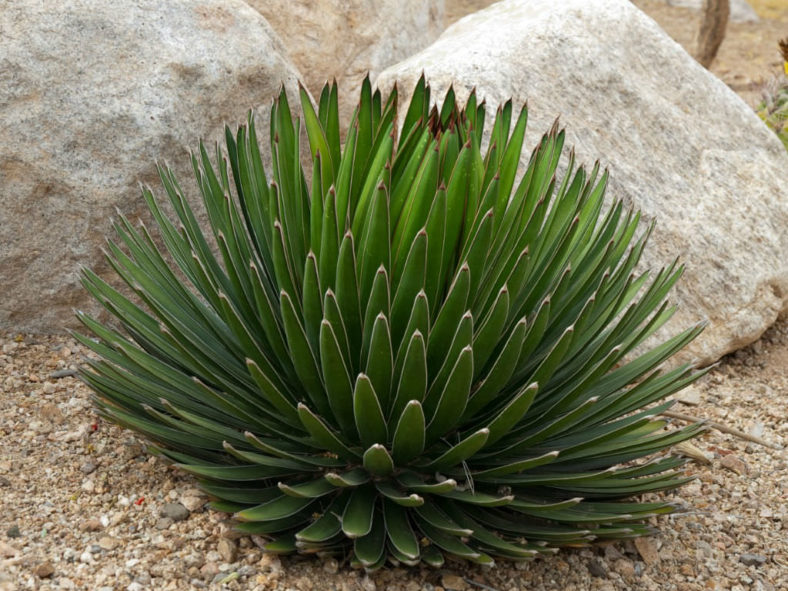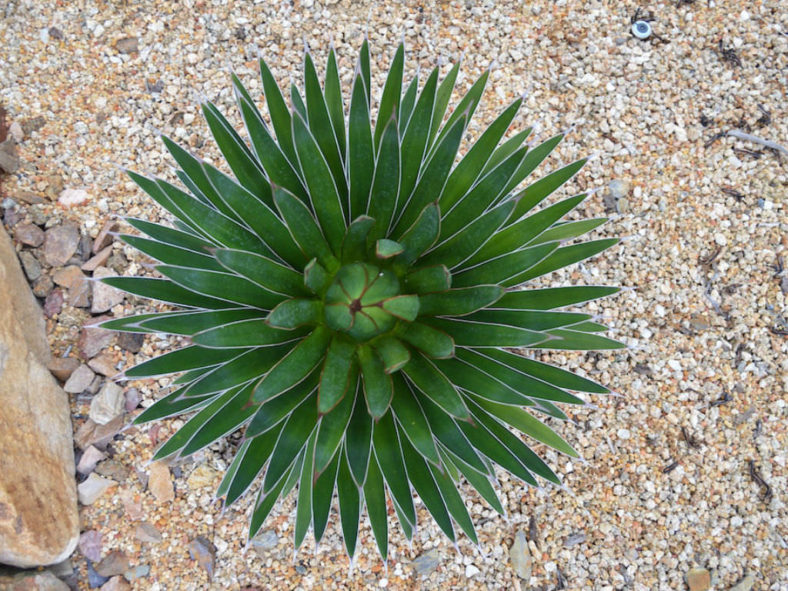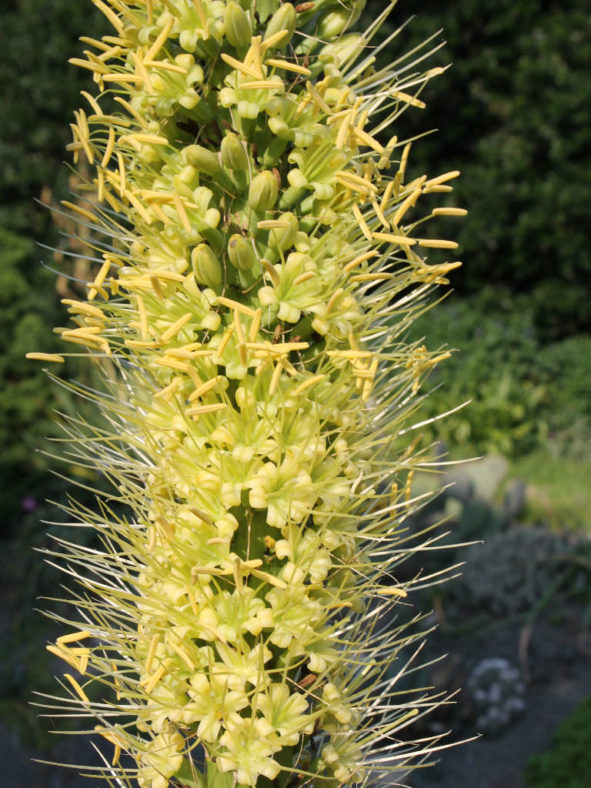Scientific Name
Agave ocahui Gentry
Common Name(s)
Ocahui, Ocahui Century Plant, Ocahui Hardy Century Plant, Ojahui, Amolillo
Scientific Classification
Family: Asparagaceae
Subfamily: Agavoideae
Genus: Agave
Etymology
The specific epithet "ocahui" (pronounced "oh-KAH-hee") was used by the indigenous Sonoran Desert population to refer to "fiber" and "cordage." They called this species by this name as its leaf fibers were used to make rope.
Origin
Agave ocahui is native to northeastern Sonora, Mexico, at elevations of 1,500 to 4,500 feet (450 to 1,350 m).
Description
Agave ocahui is an attractive succulent that forms a usually solitary rosette of dark green, densely packed leaves with toothless, reddish-brown margins and a sharp, gray-brown terminal spine. The rosette can grow up to 20 inches (50 cm) tall and 4 feet (1.2 m) in diameter. The leaves are narrow, measuring up to 1.5 feet (45 cm) in length and 1 inch (2.5 cm) in width. The terminal spine bends easily and can reach a length of 1 inch (2.5 cm).
The flower spike is unbranched and densely crowded with small bright yellow flowers. It can grow up to 15 feet (4.5 m) tall. Once the rosette blooms, it will die.
Hybrids

Hardiness
USDA hardiness zones 8a to 10b: from 10°F (-12.2°C) to 40°F (4.4°C).
How to Grow and Care
Agaves are not difficult plants to grow. They are slow-growing and dramatic and will even thrive on a bit of neglect. If you are the type of person who likes to fuss with houseplants and water a lot, Agave is probably not the plant for you. On the other hand, if you are the type of person who likes to set it and forget it, and you have a sunny window, Agave might be the way to go. Be aware that some large varieties will eventually outgrow your room (unless you have a large greenhouse), and Agave can be aggressive. They have irritating sap and sometimes sharp thorns that can injure small children and pets.
Generally, Agave does not require repotting every year. Most species commonly found in cultivation grow slowly and take a long time to outgrow their pot. It is also best to handle your plants as little as possible since they do not like to be disturbed. When repotting, refresh the spent soil with a new potting mix and ensure the plant is firmly anchored in its pot. However, be careful not to pot the Agave too deep, as that will encourage stem rot during the growing season.
Learn more at How to Grow and Care for Agave.
Links
- Back to genus Agave
- Succupedia: Browse succulents by Scientific Name, Common Name, Genus, Family, USDA Hardiness Zone, Origin, or cacti by Genus
Photo Gallery
Click on a photo to see a larger version.

